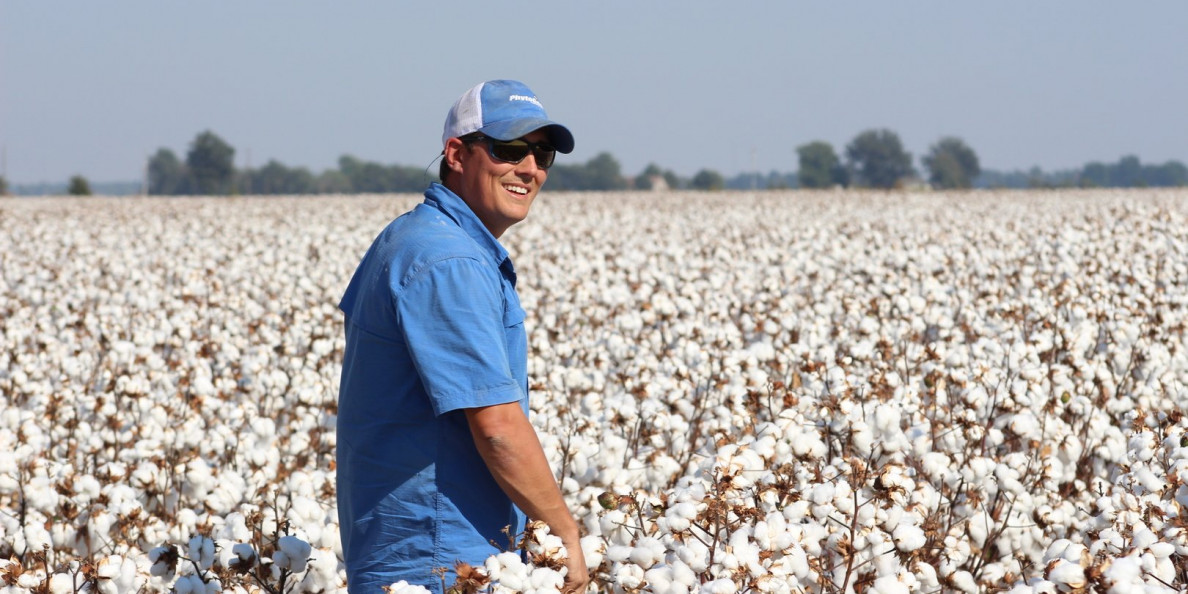Never too early to be thinking about opportunities and risks.
John Robinson 1:
There are so many questions remaining about the current crop that it seems crazy to be talking about 2019. But, for planning purposes, it’s never too early to be thinking about opportunities and risks. To begin with, the (still uncertain) size of the 2018 crop will influence the supply of next year’s balance sheet in the form of carry-in stocks that could exceed 4 million bales.
Then there is the question of 2019 production. Cotton prices have been relatively good during 2018. This is currently reflected by a relatively lower ratio of corn futures prices to cotton futures prices (Figure 1, x-axis). History suggests that when corn futures prices are this low in relation to cotton futures (presently a ratio of 5.1), we could expect cotton planted acres between 13 and 14 million acres (see the graph below). This might contribute to at least as much, if not more, cotton acreage planted in 2019.
The weather in 2019 is a major consideration, as it always is. NOAA is currently forecasting an El Niño watch, with a 60% chance of wetter-than-normal conditions during September-November, increasing to 70% during the winter. This raises the possibilities of soil moisture accumulations, lower abandonment, and higher yields for spring-planted crops in the drier regions of the Cotton Belt.
With at least average U.S. yields and abandonment, planting 13.5 million acres could produce a 21 million-bale crop, which implies a very healthy supply of 25+ million bales. Even assuming an increase in U.S. exports above 2018/19 levels, it would be easy to increase ending stocks under this scenario. Increasing ending stocks year-over-year is historically associated with price weakness. It has been a while since we’ve had futures below 70 cents, but I at least want to remind readers of the possibility of downside price risk.
Source: Southwest Farmpress



